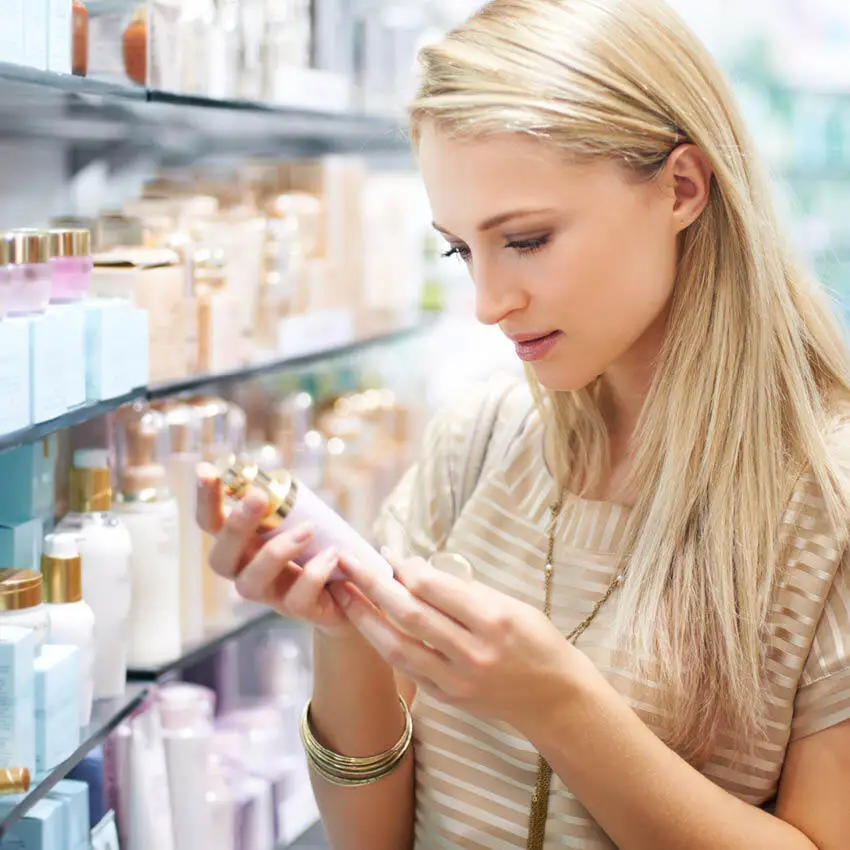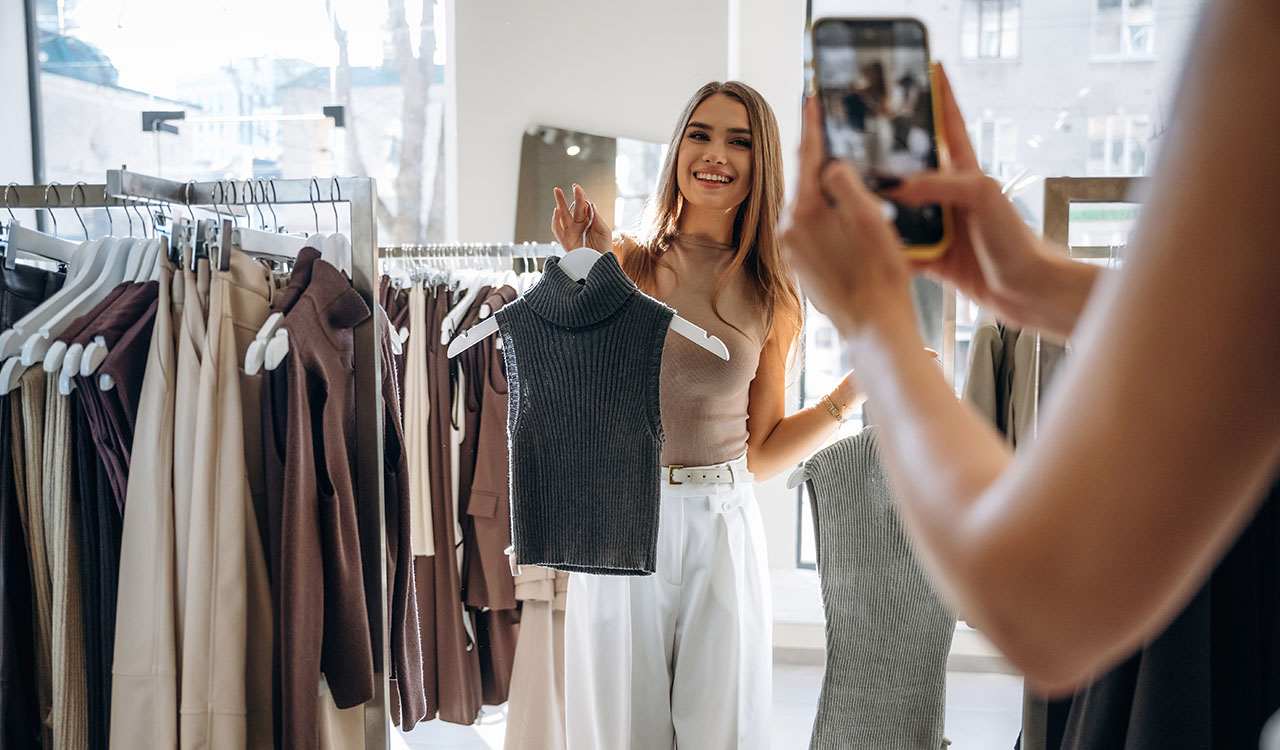It’s 2022. Why am I having to worry about whether the Pantene Mist Behaving Dry Conditioning Mist I have tucked in a bathroom drawer, or the Neutrogena Ultra Sheer aerosol sunscreen my husband spritzes on before tennis, are giving us cancer? With the drumbeat of “clean,” toxin-free products growing ever louder with each passing day, isn’t Big Beauty even the least bit afraid that consumers have just about had it with merch that endangers our well-being?
Sure, I want great hair. But I’d rather not risk my life to get it.
If megabrands like P&G’s Pantene and L’Oréal-owned Garnier can clean up individual franchises like Nutrient Blends and Whole Blends, why not do it across every single product?
Maybe I’m being overly dramatic for the sake of a high optics story. Still, I experienced a serious WTF moment this past December when recall headlines started to hit the news. Though they centered around products from a broad swathe of P&G brands, including Aussie, Waterless, Herbal Essences and Pantene, I was primarily concerned about Pantene.
I happen to love Pantene and stock up on virtually every Target and CVS run. Right now, in addition to the aforementioned Mist Behaving dry conditioner, I’m also using Nutrient Blends Fortifying Damage Repair sulfate free shampoo and conditioner; two Miracle Rescue potions (Deep Conditioning Treatment and 10 In 1 Multitasking Spray) and my latest obsession, Cheat Day Dry Shampoo Foam.
Pulling Toxic Products From the Shelves
Thankfully, the UPC code on my Mist Behaving doesn’t match any of the three recalled lots. So maybe that means the one I own doesn’t contain any benzene? I sure as hell hope not, because here’s what the FDA had to say about the chemical in its December 2021 announcement:
“Exposure to benzene can occur by inhalation, orally and through the skin and it can result in cancers including leukemia and blood cancer of the bone marrow and blood disorders which can be life-threatening.”
The P&G recall came on the heels of a J&J fiasco surrounding four of its wildly popular Neutrogena and Aveeno aerosol sunscreens. In July 2021, all lots — yes, every single last one – were recalled due to suspicion that they, too, contained benzene.
For insight as to why Big Beauty keeps continuing to the drop the ball in such a potentially deadly fashion, I reached out to Krupa Koestline, clean cosmetic chemist and founder of KKT Consultants. An expert in the clean beauty space who logged time at both Neutrogena and Estée Lauder before switching gears, Koestline has advised and helped develop products for some of the category’s most dominant and directional brands, including Kopari, May Lindstrom Skin and Tower 28.
Why Does Big Beauty Keep Dropping the Ball?
Asked if she was shocked that these Big Beauty recalls keep happening, Koestline’s answer was an unequivocal no, and she pointed immediately to the notoriously lax ingredient standards in the U.S. as compared to Europe. “I am tired,” she said. “I am tired of coming across posts in various forums where people claim that the U.S. has some great regulatory framework and that cosmetics in the U.S. are well-regulated. They are not. Brands and manufacturers aren’t even legally obliged to report an adverse reaction, of any kind, to the FDA.”
Not that the FDA is a watchdog for the beauty industry. “The FDA does not regulate cosmetics, period,” said Koestline. And because the onus is on brands to police themselves, nearly 100 percent of recalls fall under the “voluntary” banner.
On a page on FDA.gov with the headline “FDA Authority Over Cosmetics: How Cosmetics Are Not FDA-Approved, but Are FDA-Regulated,” it expressly states: “The law does not require cosmetic products and ingredients, other than color additives, to have FDA approval before they go on the market, but there are laws and regulations that apply to cosmetics on the market in interstate commerce.”
Color additives? How about benzene? Doesn’t exactly give you a warm and fuzzy feeling that the government has our beauty backs.
“It falls on the brands to take back what’s in the market – either not safe to consume or misbranded – to make sure they don’t get a ‘slap on the hand’ by the FDA in case a consumer reports an adverse reaction,” Koestline noted.
Lest anyone think Big Beauty is meticulously testing every lot that comes off the assembly line for potentially toxic ingredients, rest assured that is not happening. Testing is ad hoc and often after-the-fact, which is why products have to be physically pulled off shelves and consumers are routinely confronted with some pretty terrifying news reports.
Beyond occasional voluntary recalls, Koestline wishes Big Beauty would get firmly in front of the problem, and not default to safety net catchup later. “A step forward would be for brands to test for these [potentially toxic] ingredients in every single lot of their manufactured product as a safety measure.”
Purposeful Profit Motive, AKA It’s All About the Money
All of this begs the question: why are Big Beauty brands still tapping these egregious ingredients in the first place? When extremely profitable, well-established clean brands like Tata Harper and Beautycounter have shown us that there is very clearly a less toxic way to craft product, why stick with the cancer-causing ingredients?
Not surprisingly, it all boils down to profit. “Cleaner ingredients are more expensive than traditional substitutes,” said Koestline. “However, what brands fail to see are the long-term effects of continuing to use some of these petroleum-derived ingredients on the health of the consumer and the planet.”
Still, Not Every “Harmful” Ingredient Truly Is
In the interest of fairness and ending this diatribe on a somewhat positive and hopeful note, I touched on two last issues with Koestline before wrapping up our interview.
First, I wanted to know whether she thought, as I do, that there are some ingredients, such as preservatives, that have been unfairly maligned as toxic. “I agree with you,” Koestline said. “Certain preservatives that have been deemed unsafe are not in fact backed by much research,” specifically phenoxyethanol under 1 percent and the much-demonized parabens. “Nano zinc for physical sunscreen is another. It wasn’t used much while the safety was in question, but its safety has been confirmed by multiple reputable labs and it’s used more widely now.”
Finally, I was curious about the Pantene Nutrient Blends Fortifying Damage Repair sulfate free shampoo and conditioner sitting on my shower shelf. While the “damage repair” claim mostly pulled me in, I was also happy to see that the formulas contained no parabens, dyes or mineral oil. Though we’ve just established that parabens are not the bogeyman they’re made out to be, natural-leaning sub-brands like Pantene’s Nutrient Blends and Garnier Whole Blends at least seem like a step in the right direction.
On to Greener Pastures?
If megabrands like P&G’s Pantene and L’Oréal-owned Garnier can clean up individual franchises like Nutrient Blends and Whole Blends, why not do it across every single product? (Note: Garnier is making major inroads on that front and has pledged to “dramatically increase” its use of green and sustainable ingredients in the coming years)
“It’s a testament to clean beauty that Big Beauty brands are looking to buy into and invest in greener chemistry,” said Koestline. “As far as asking Big brands to ‘clean up’ across all categories, that will take time.”





